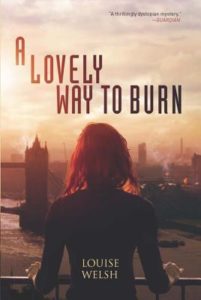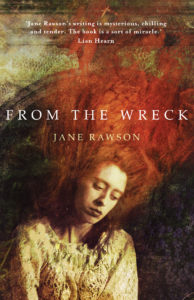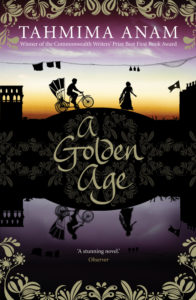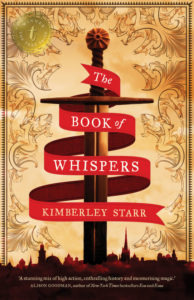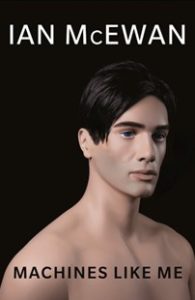 Charlie is a bit of a no-hoper living in a reimagined London in the 80s. he inhabits a rundown one bedroom flat and plays the stock market on his beat-up computer and makes enough to get by. His love interest is Miranda, a history student, who lives in the flat above. Although it’s the 80s in McEwan’s alternate history, Alan Turing had not committed suicide, so computing technology is far-advanced – the result of this is that a private company (Elon Musk-esque) has developed advanced AI androids. They have just put on the market a trial group of 12 females (Eves) and 13 males (Adams). Charlie gets an inheritance from his mother and, on impulse. Buys an Adam (all the Eves are sold out).
Charlie is a bit of a no-hoper living in a reimagined London in the 80s. he inhabits a rundown one bedroom flat and plays the stock market on his beat-up computer and makes enough to get by. His love interest is Miranda, a history student, who lives in the flat above. Although it’s the 80s in McEwan’s alternate history, Alan Turing had not committed suicide, so computing technology is far-advanced – the result of this is that a private company (Elon Musk-esque) has developed advanced AI androids. They have just put on the market a trial group of 12 females (Eves) and 13 males (Adams). Charlie gets an inheritance from his mother and, on impulse. Buys an Adam (all the Eves are sold out).
So far, this is perhaps your average SF/spec fic scenario, but McEwan isn’t interested in going there. This novel is not for thrills; it is a philosophical examination of what it means to be human with all McEwan’s trade mark humour, stylistic and structural pyrotechnics, and impressive erudition. Most writers would baulk at depicting Turing discussing AI but McEwan goes right in there with convincing detail and bravura. McEwan grounds the story in complications between Adam, Charlie and Miranda. There are twists and twists and twists – nothing about the narrative is straightforward and tired ideas about android/robot/human interaction are turned on their heads.
This novel made me think about things and challenged my assumptions – it’s a rare thing when a piece of literature makes you look at something anew, from an angle I hadn’t encountered before, and he achieves this through the framework of a very enjoyable and entertaining read. Maybe, if I had to critical, I’d say McEwan can’t help but be a little too clever, and conceited about it.


